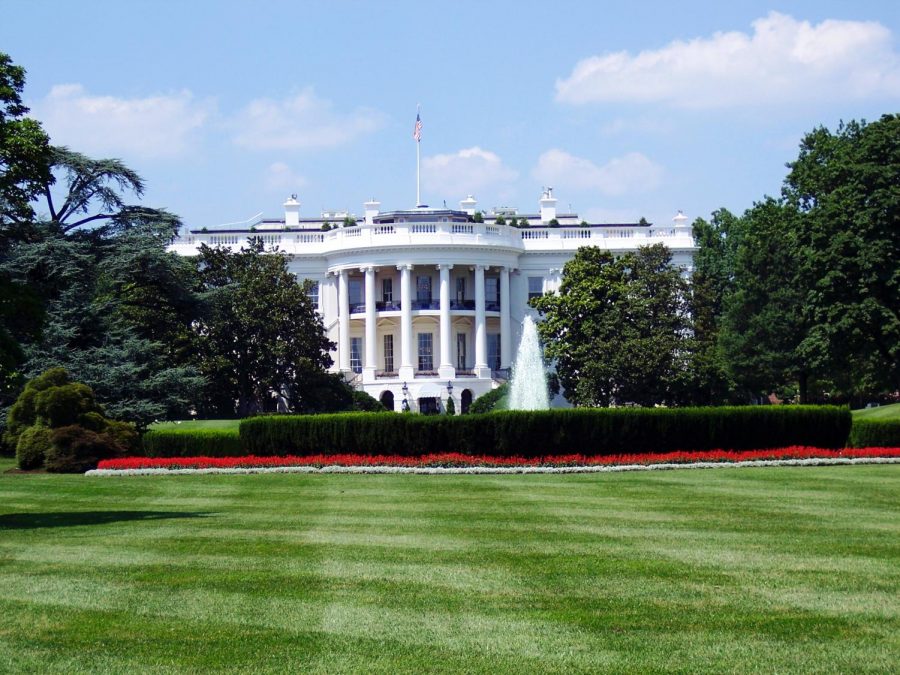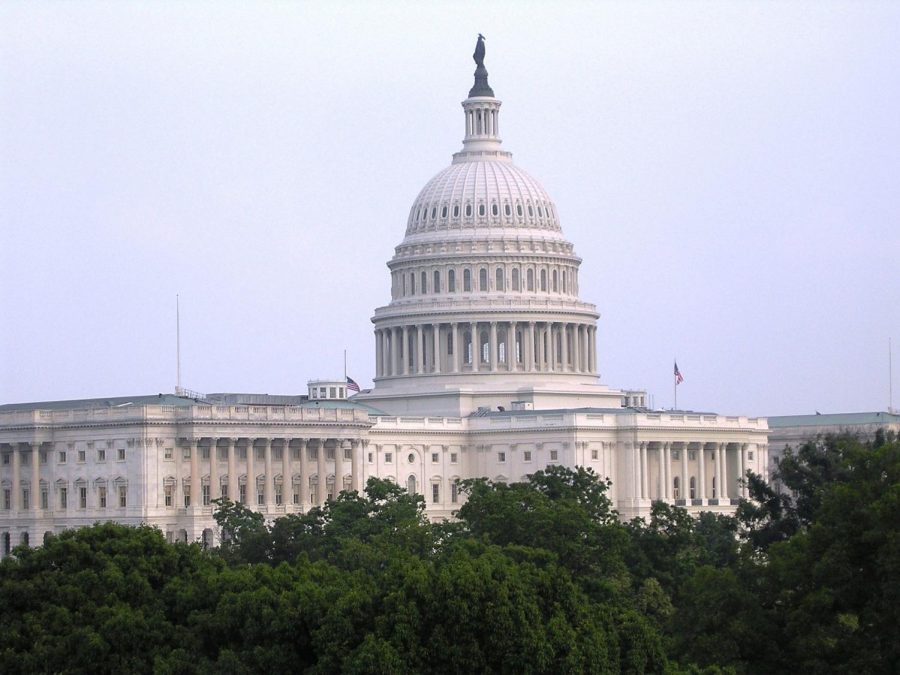Most students use two or three pieces of paper in every class they take every day. With a full schedule, an average student might produce about 2700 papers in a single year. Multiplied by the nine hundred students Sheridan teaches every year, this yields 2,430,000 papers a year, which does not take into account extracurricular activities, teachers, or homework. According to Head Custodian Jerry Wendt, only roughly twenty percent of these papers are recycled, or 486,000 papers in total. This is a ridiculous amount of paper to waste when the problem would be fixed by merely throwing the paper in a different bin.
In contrast, “About ninety five percent of cardboard gets recycled,” Wendt says. “[Paper] gets lost in the shuffle, gets contaminated, that kind of thing. The cardboard is more easily recycled because it’s centrally located.” Almost all of the cardboard waste is generated in the kitchen, according to Wendt. The art department and other departments occasionally produce a box or two, but this is rare.
Principal Dirlene Wheeler says “The student council used to be in charge of taking out the bins every week.” But these students tended to throw paper in the wrong dumpsters or contaminate them with food, which makes it impossible to recycle the entire load. “There’s been less and less and less paper being recycled over the years.” Wendt says.
According to Wheeler, three years ago, recycling tin and paper was a student run project, but as interest waned and students found other projects, this was done less consistently. Tin is not currently recycled because Sheridan no longer sells tin products.
There is no reason SHS should not recycle paper as effectively as it recycles cardboard. Entrusting recycling to one club without clear guidelines failed, but if clear instructions were developed and duties were cycled through several clubs, perhaps including Student Council and Honors Society, this would be much more efficient. This duty could be made mandatory for members, reducing the tendency to procrastinate, relegate it to other students, and generally shirk it.
In addition to paper, if SHS decided to recycle more materials, such as plastic, there would have to be one hundred percent cooperation, as the contents of the bins could not be recycled if any of the student body threw other materials in the bins. While there are always a few students who feel the need to ruin others’ efforts, punishments could be devised for polluting the bins, such as being forced to take out the recycling bins themselves.
The city recycling center can accept up to five percent of foreign materials per dumpster. If even a small amount of liquid gets into the load, however, the entire load is ruined, according to Solid Waste Manager Charles Martineau. This could be a problem with plastic bottles.
Martineau suggests that if SHS wanted to increase the amount recycled, SHS should make sure recycling bins are available and make sure students and staff both are educated about recycling. It would be especially easy to recycle more paper if more students simply threw their paper in the correct bin.
The cardboard dumpster is located by the kitchen and is brown. Written on it is the word ‘CARDBOARD’ and a list of objects that should not be thrown into that bin. The blue paper dumpster is by the parking lot with a similar list with the word ‘PAPER’ written on it. Dump trucks come through on separate days to pick up one material all over town, which is then baled and shipped off to potential buyers. The materials are then used again, rather than using up more of the Earth’s precious resources.
The town of Sheridan recycles 1022.39 tons of cardboard, 491.97 tons of newspaper and 110.28 tons of office paper, 16.71 tons of aluminum cans and 162.77 tin cans, and 55.38 tons of plastic a year. SHS probably produces more paper than any other building in Sheridan, and students could easily drive these numbers through the roof.



